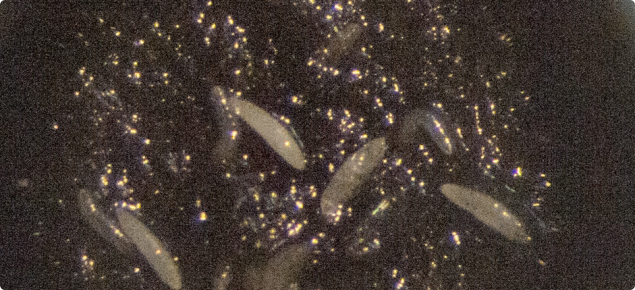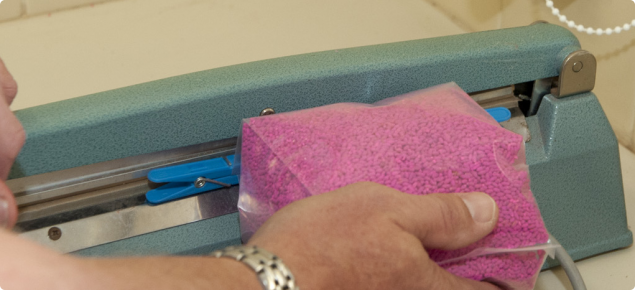History of sterile insect technique
The sterile insect technique, commonly known as SIT, was initiated in the 1930s. Its first successful use was to control screwworm fly, a devastating cattle pest, on the island of Curacao in 1953. Subsequently it was used to eradicate screwworm from the USA and Mexico.
Since then SIT has been further developed to suppress more than 20 insects including fruit flies and other key agricultural pests.
Sterile insect technique for Queensland fruit fly was first trialled in New South Wales from 1962 to 1965.
The first use of sterile insect technique in Western Australia was against Mediterranean fruit fly (Medfly) in Carnarvon in 1978. Sterile insects combined with baiting successfully eradicated Medfly from the Carnarvon area by 1984. Unfortunately, lack of quarantine barriers meant it soon re-invaded.
In 1989 a special factory was built to produce sterile Queensland fruit flies to fight a large outbreak in Perth. This was successful and by 1991 Queensland fruit fly had been eradicated from Western Australia.
From 2001 to 2013 the same factory was used to rear sterile Mediterranean fruit fies under contract to South Australia. When not used to fight outbreaks in that state, the sterile flies were used for research in WA.
For many years a sterile insect release program combined with protein baiting was used successfully to manage fruit flies at Katanning. Sterile pupae were shipped to Katanning where they emerged and were released by staff from the Shire of Katanning.
Sterile Medfly bred in Western Australia have been used to eradicate eight fruit fly outbreaks in South Australia since 2001. In some countries, sterile fruit flies are released continually to prevent establishment of wild flies.
Method
Fruit flies are reared in millions and sterilised using gamma or x-rays. The sterile males are then released twice a week in the target areas at 100 000 to 300 000 sterile males per square kilometre. They mate with the wild females which results in infertile eggs being laid.
Provided other complementary fruit fly management activities are carried out properly, the wild population then declines. Sterile males compete with the wild males to mate with females.
As sterile males are less competitive than wild males a high 'flooding' ratio of sterile males to wild males is required to ensure more wild females mate with sterile and not wild males.
Genetic strains
The Medfly strain mass-reared at the Department of Agriculture and Food, Western Australia in South Perth is called Vienna 7 and has special characteristics. It was developed by the International Atomic Energy Agency in Vienna using standard genetic techniques.
Females have a temperature-sensitive lethal gene that makes them susceptible to high temperatures. This characteristic is used to rear a male-only stream. Female embryos are killed in a water bath set at 34°C while the male eggs survive.
The surviving male eggs are seeded onto a specially formulated diet of bran and yeast and reared through to the pupal stage of their life cycle. These pupae are then sterilised two days before the adults emerge.
Pupae are placed in emergence containers and the emerging adults fed on a sugar and water agar gel and held until release at five days old. Different release methods can be used.
Methods for release
There are four ways of releasing sterile fly:
- static, stationary point ground release
- mobile ground release – ambient temperature
- mobile ground release - chilled adult flies
- aerial release of chilled adults over large areas or where there are access problems.
Monitoring
Every release area has a system of traps used to monitor the relative sterile and wild Medfly numbers. Sterile fruit flies are dyed with a fluorescent powder which glows under UV light for easy identification.
Fruit samples from within the release area are also examined for fruit fly infestation and indicate progress of the control campaign.





